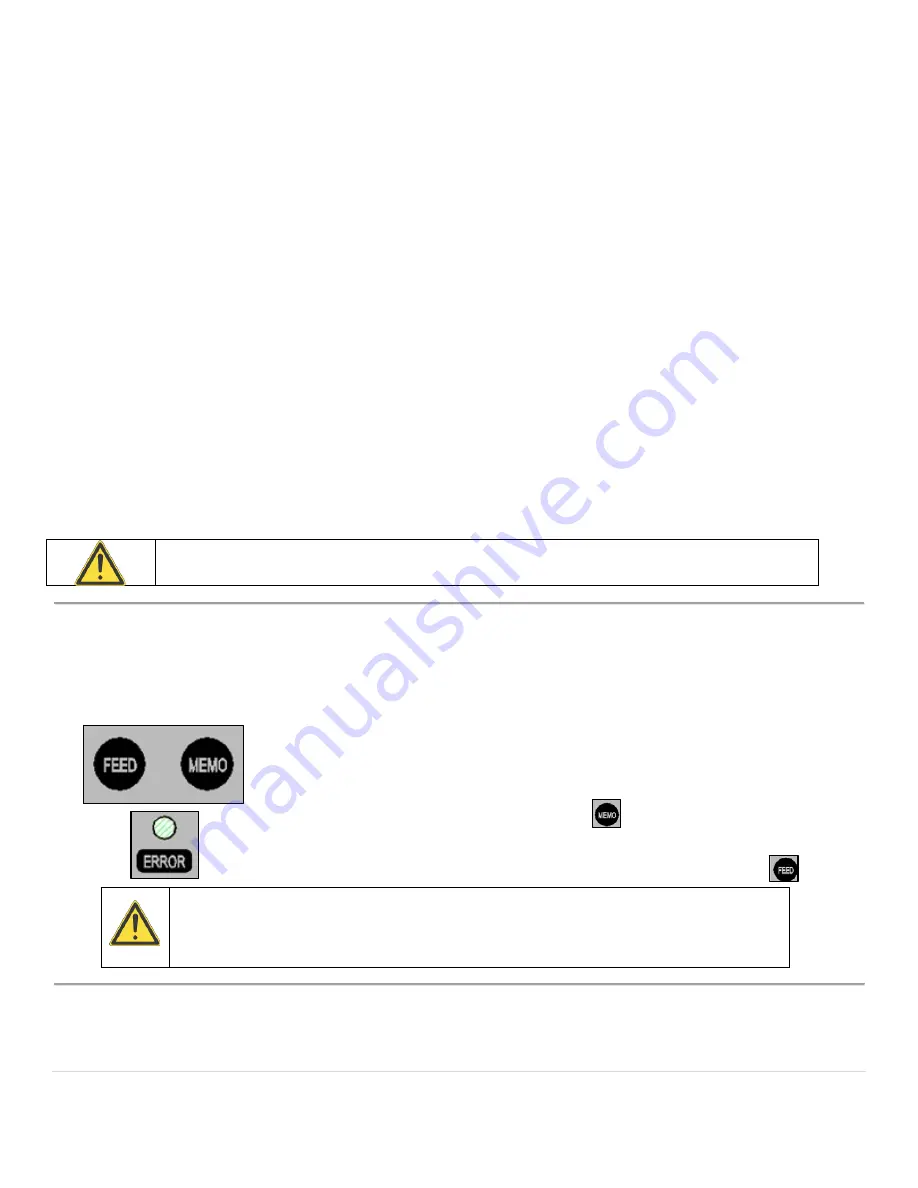
27 |
P a g e
G e n e r a l D a t a H e a l t h c a r e , I n c .
•
With each turn the
specimen holding arm
will also advance forward by
the set trim thickness at the top most position.
•
If the retract function is turned on, the
specimen holding arm
will
retract backwards a set amount when the arm is at its lowest position to
prevent the specimen from being scrapped by the blade on its way up.
•
The
specimen holding arm
will then advance forward the full retract
amount plus the set trim thickness amount.
•
To obtain optimum quality sections, the following factors need to be taken into consideration:
a.
The hardness of the specimen.
b.
The angle of the cutting blade.
c.
Whether the blade is clamped tightly.
d.
Whether the specimen is clamped tightly.
•
To obtain a quality section, first adjust the proper angle of the cutting blade and the specimen:
a.
The smaller the angle, the less the section will be compressed.
b.
The harder the specimen, the larger the angle will be needed.
c.
If the section is not good, please try increasing the angle from zero.
When finished sectioning, turn the hand wheel until the specimen is in the upper most
position. Lock the hand wheel, remove the blade and dispose of it safely.
Memorized Feed Function
•
Memorized feed function allows for the operator to switch between
specimens, readjust the specimen holding arm forwards or backwards,
and then return back to the first specimen and be able to quickly recall
the memorized position of the specimen holding arm allowing for a
quick restart in trimming / sectioning.
•
To activate the feed memory function, move the specimen arm to the
desired position and then press the
button. The operator can now
change the specimen if desired and readjust the arm.
•
To move the arm back to the memorized position, press the
button.
Make sure that the hand wheel is locked in its upper most position when recalling
the memorized position or else an alarm will sound and the ERROR LED indicator
will illuminate.





















